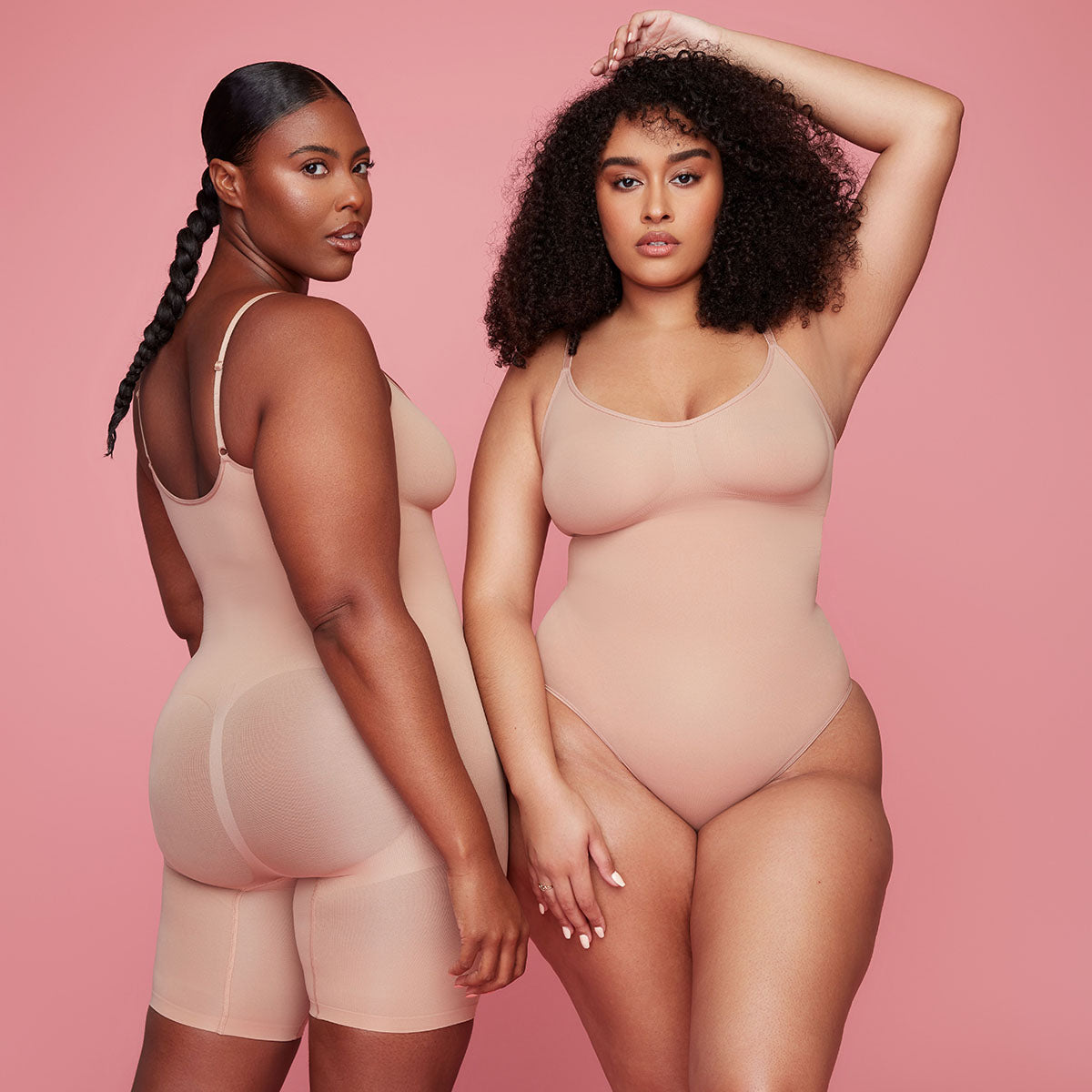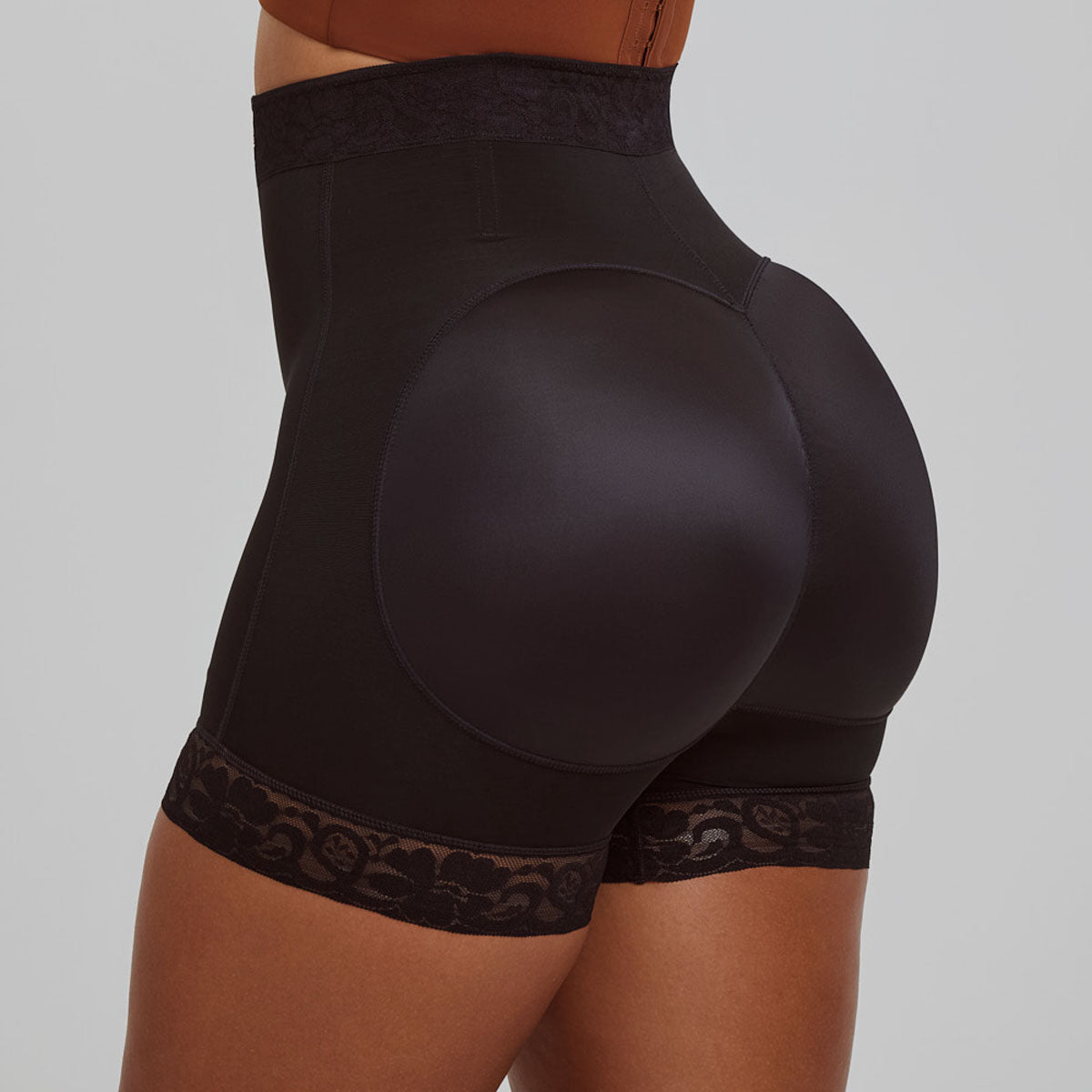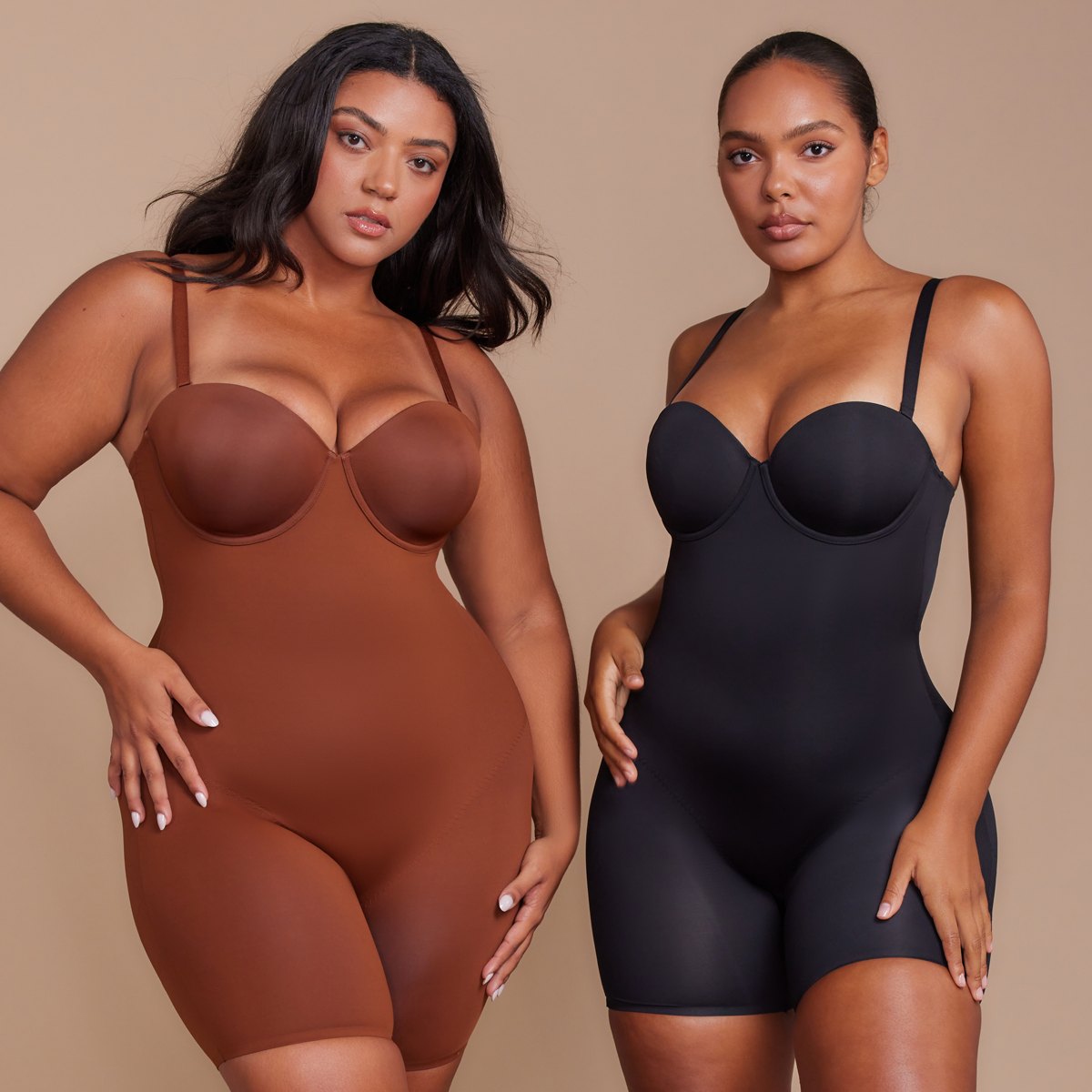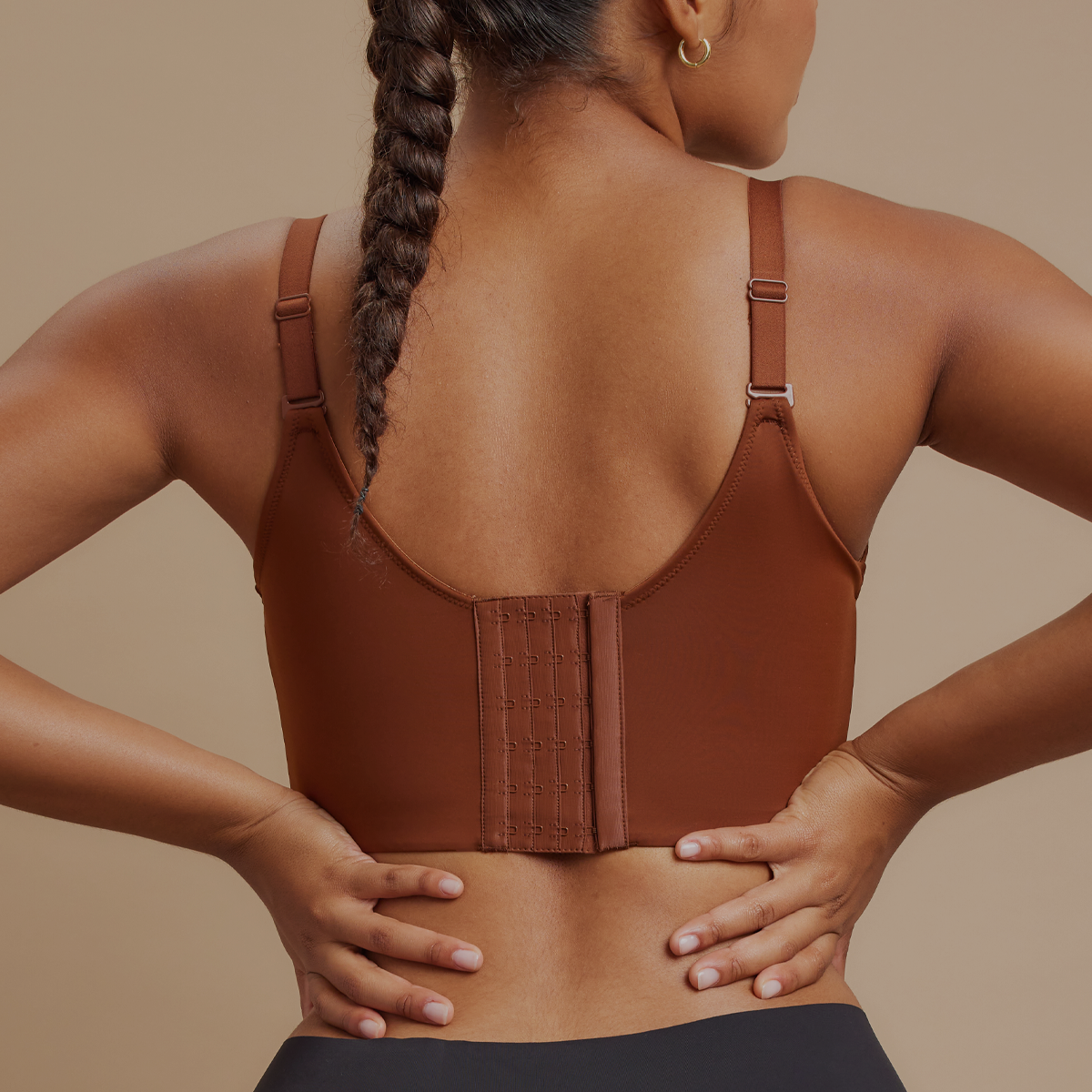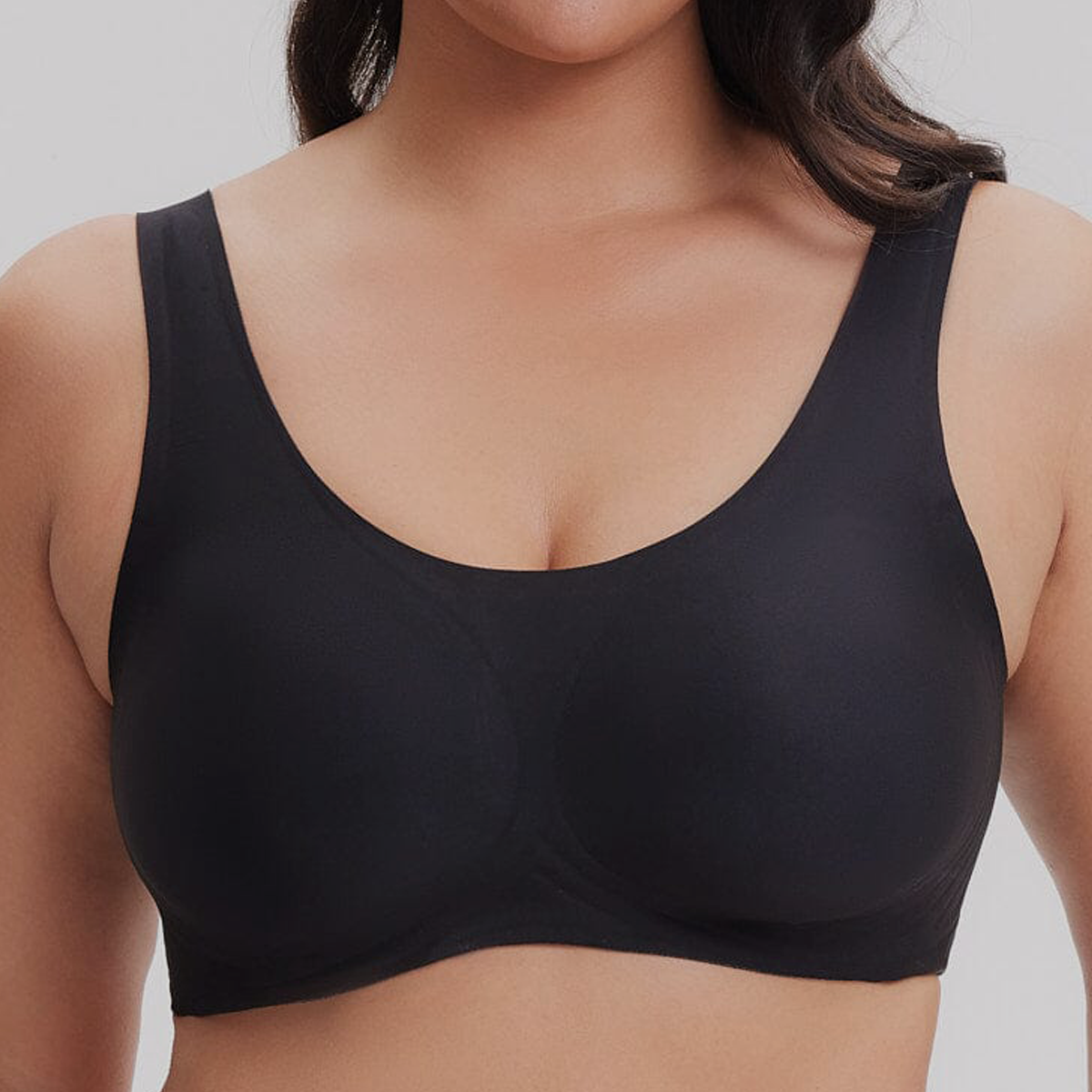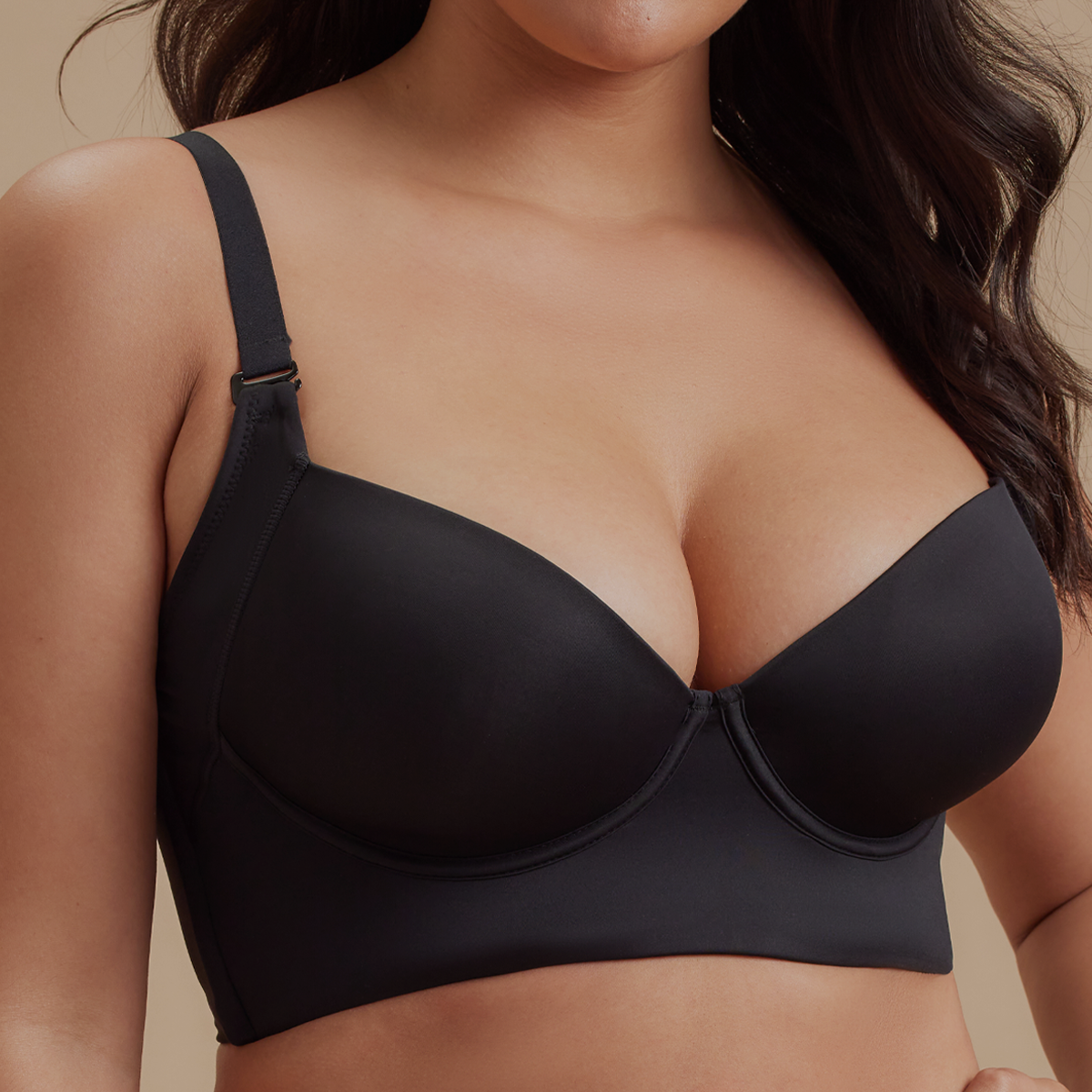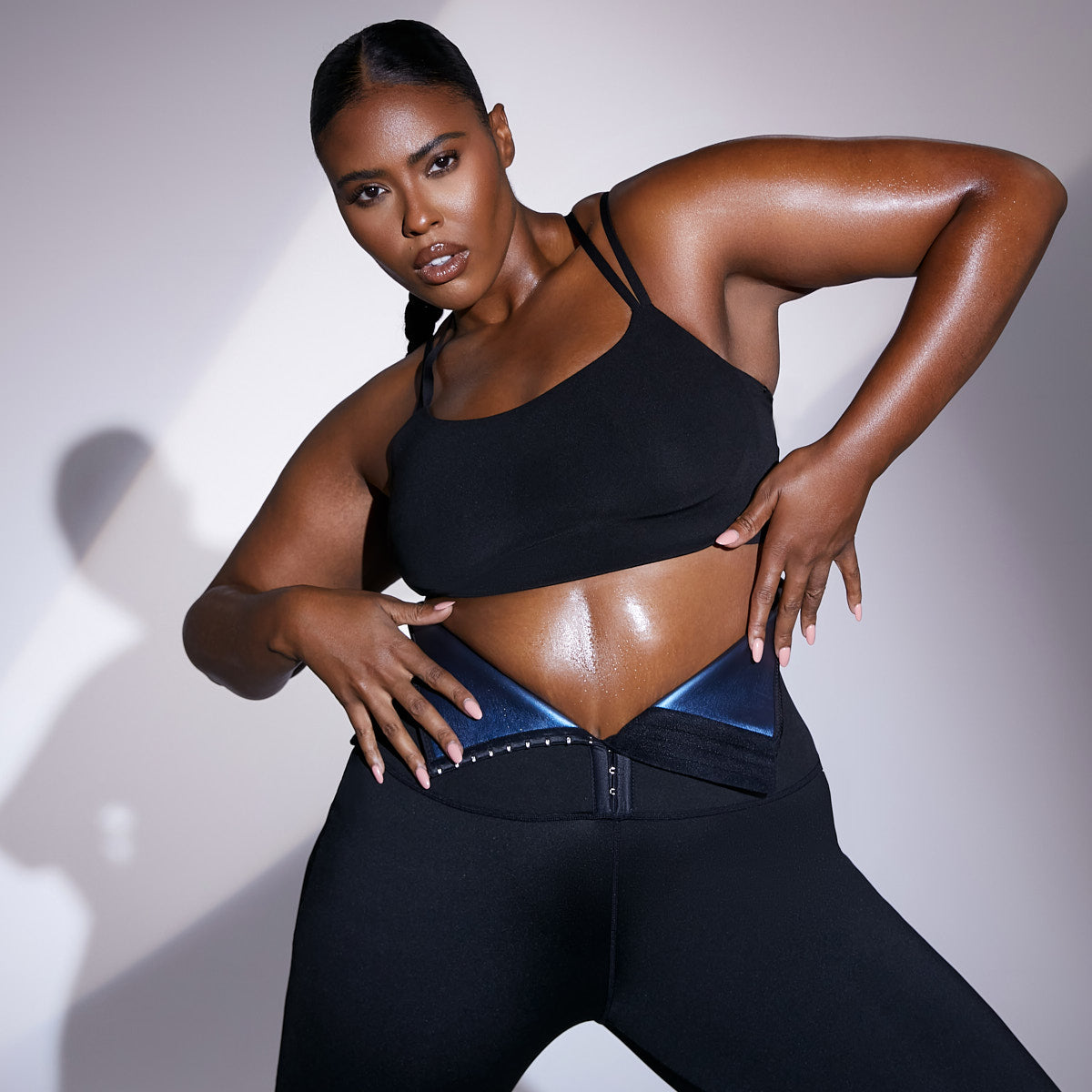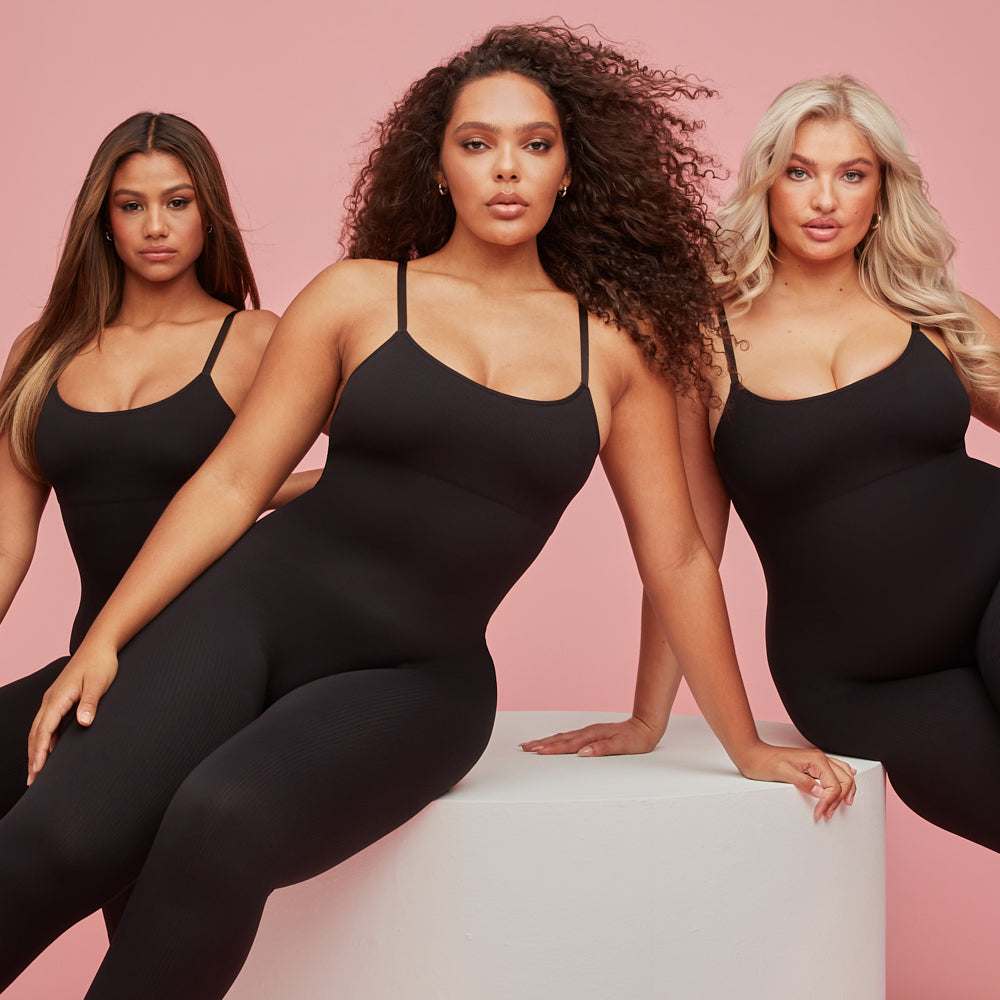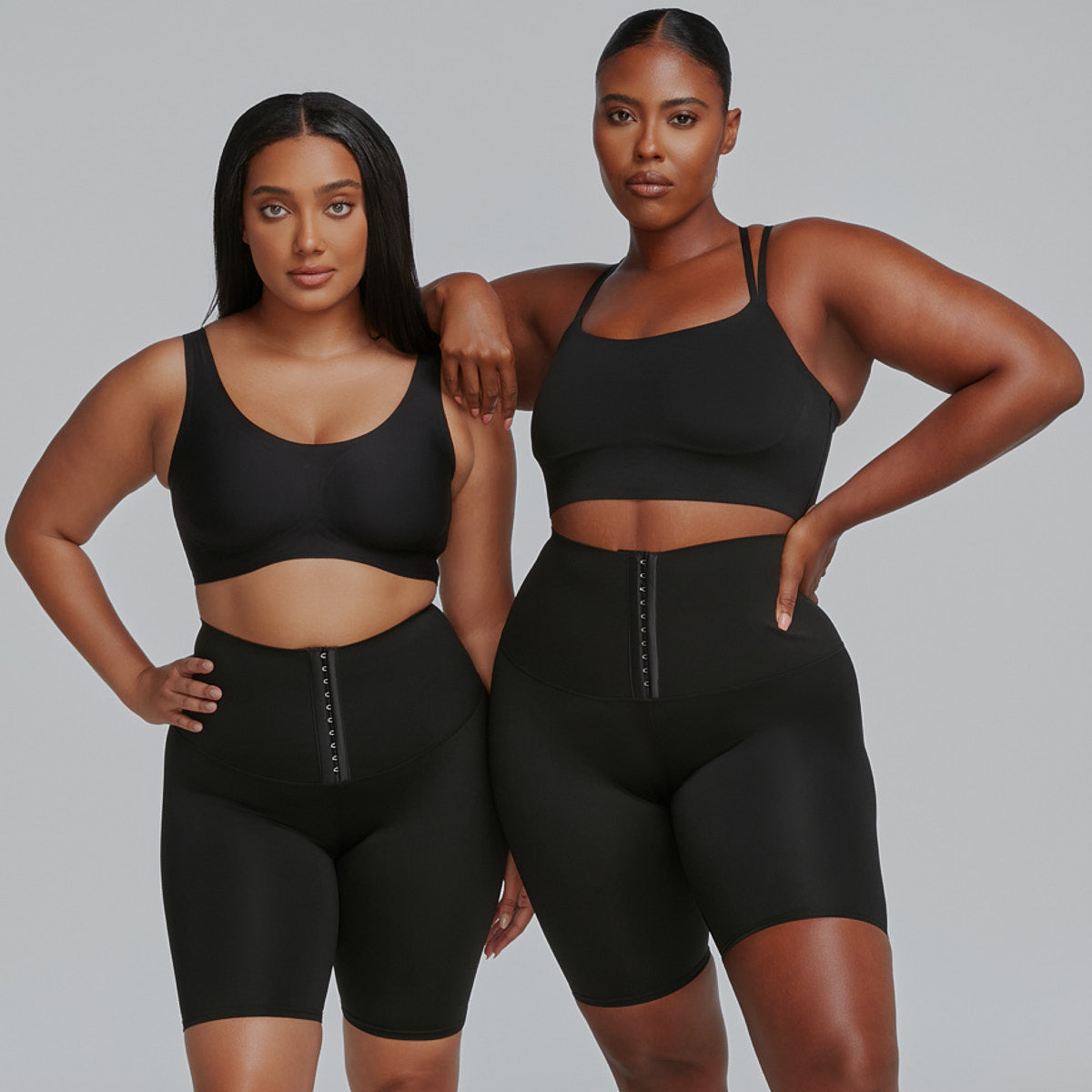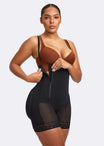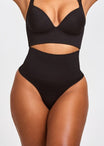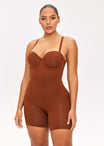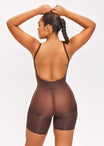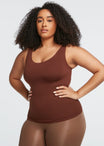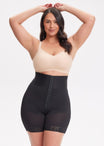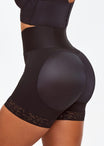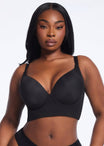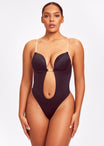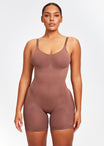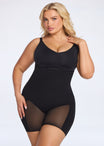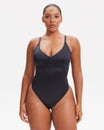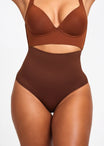Sizing Help
Size Chart & Sizing Guide
Not all waist trainers are created equal. There is a tendency for us to want to order a size smaller than we should as the perception is, the tighter the trainer, the better. Size matters and when we say size, we are referring to your true size as measured in most instances by your waist and weight.
Please note, waist trainers tend to run small to begin with, because they are undergarments that are intended to tighten your waist unlike normal clothing that is supposed to fit snug. In most cases, you will find that the size you order according to the chart will be tight to begin with. For this reason, we recommend that you use the size recommendations provided with the charts associated with each of our products but the general chart outlined below can be used in most instances for many of the trainers we carry. You will find that many of our trainers come standard with 3 layered rows and hooks that allow you to adjust into your trainer for that perfect fit as well as the compression you are looking for.
When in doubt, always measure up! What do we mean? If you find yourself falling in between two sizes, and are unsure, always take the next size up or you will get yourself into a very uncomfortable fit and be discouraged in using your trainer, which is what we want to avoid.
- For the most accurate sizing - Please refer to size chart on the product page of the product you wish to buy.
- If you don't have a body measuring tape and like to order based off of what works 80% of the time for other customers, then we suggest ordering 1 size larger than what you would buy for a new tight tank / tee shirt (not your "comfy" hoodie size).
- For waist trainers, the most important measurement is that of the waist.
- The waist should be measured at the narrowest part of the torso, typically above the belly button.
- Please follow the below instructions to ensure you get the most accurate measurements and the best size, DO NOT guess or assume your size! These fit differently than regular clothes!
To Take the Best Measurements:
You will need: A flexible measuring tape or non-stretchy string and a ruler.
- Remove or raise clothing. Remove your shirt or raise to just below your chest. To get an accurate measurement, you need to remove any layers of clothing blocking your waist.
- Find your waist. Use your fingers to find the top of your hips and the base of your rib cage. Your waist is the soft, fleshy section between these two bony parts. It will also be the narrowest part of your torso (Usually just above the belly button).
- Take your measurement. Stand up straight and exhale slowly. Hold the end of the tape measure at your navel and bring it around your waist to the front. The measuring tape should be parallel to the floor and fit snugly around your torso without digging into your skin.
- Read the tape. Look at the place on the tape where the zero end meets the other end of the tape measure. The location of this meeting point is your waist measurement.
- Double-check your measurement. Repeat the measurement once more to ensure the accuracy of your original measurement. If it is different from the first time, measure for a third time and take the average of the three numbers.
How do I measure my waist correctly?
Without any clothes on (or with your top raised), wrap measuring tape around your midsection and check the numbers to find the correct measurement. There are two ways to find your waist:
- The fleshy part between your ribs and hips, that will be at navel-level or just above.
- Lean to the side with your hands on your hips. Your waist is that spot on your side that folds inwards.
How do I measure my hips correctly?
With your feet together, grab some measuring tape and measure the widest part of your hips. Remember that your hip measurement should include your butt cheeks! If the tape isn’t covering the fleshier part of them, then you’re either too high or too low.
I’m different sizes according to my weight, waist and/or hips - what should I do?
This could happen! Not all bodies were created equal and trying to standardize them is useless - size charts are just a guide to help you determine what YOUR best option is.
If you’re still on the fence, go for what your hip size says. We’ve found that customers who based their purchases on hip size felt a lot more comfortable in their shapewear once it arrived.
If you’re looking for extra compression, then go for waist size. This doesn’t work ALL the time, but some of us do like that extra snug fit in our tummy area. Your body, your choice!
I’m in-between sizes - What should I do?
If everything fails and you still can’t figure out your size based on our size charts, go one size up. This has been the solution for most of our customers but, of course, it’s not 100% certain that this will be the right choice for you.
The best way to ensure you get your right size is to get hold of a tape measure and measure your waist. Refer to the sizing chart specific for the product you are interested in.


